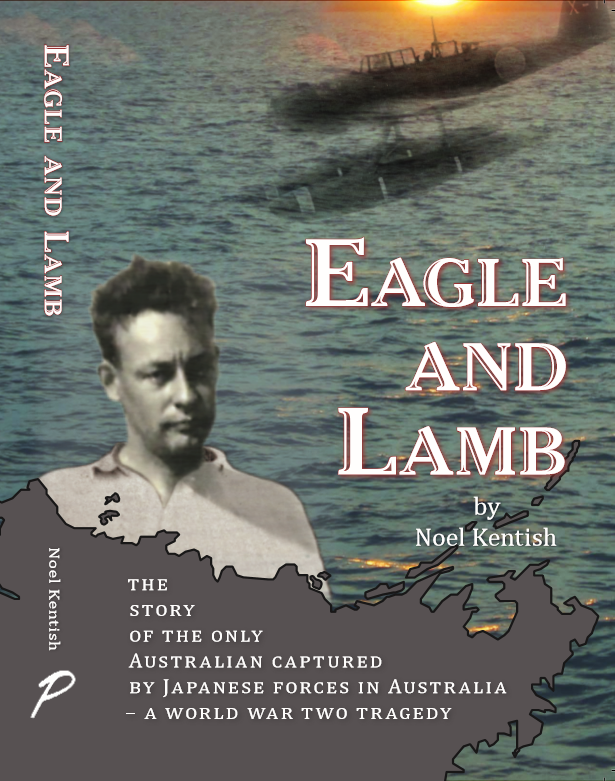$44.00
The story of the only Australian captured by Japanese forces in Australia – A World War Two Drama
Description
Leonard Kentish, a civilian coastwatcher aged 37, stationed on Goulburn Island, was the only Australian captured by Japanese forces in Australia during the second world war.
On 22 January 1943, in a surprise raid, a Japanese floatplane bombed and sank the HMAS Patricia Cam, a 300 ton Darwin-based stores vessel on which he was travelling just off the Wessell Islands, en route to the Marchinbar Coastwatcher station. It was his only means, as Methodist Chairman, of visiting staff who remained on their stations after wives and families evacuated. He was also delivering a change of coastwatch codes. In the water the survivors were bombed again and machine-gunned. Some naval personnel and Aboriginal passengers were killed. With cockpit space for a prisoner, the pilot landed on the ocean and captured Kentish.
Four men were killed in the attack, naval crewmen Neil Penglase and Edward Nobes and Yolŋu clansmen, Djinipula and DjimanbuyYunupingu. Two other members of the crew were lost at sea overnight and two others, Percy Cameron and Mirrima Marika, died of their injuries after making landfall on Gurraka Island. They were buried on the island. Captain Alexander Meldrum set off with some Yolŋu men to cross Cumberland Strait by canoe before walking some 25 miles along Marchinbar Island to Jack Jensen’s coastwatcher hut at Jensen Bay for help. The survivors were also spotted by Sergeant Len Gairns and his crew in a RAAF Beaufort bomber on patrol from Horn Island. They were rescued and taken to Darwin by the HMAS Kuru.
During his imprisonment at the Japanese floatplane base at Dobo in the Aru Islands, Leonard Kentish suffered torture and starvation before being executed without trial on 5 February.
One year earlier the Northern Territory Administration had evacuated most of Darwin’s women, children, the disabled and elderly. The first Japanese bombing raid on 19 February followed. When many in Australia feared a possible enemy invasion, Kentish successfully effected the remarkable escape of two groups of people not included in the general evacuation. His own wife and their three children travelled by mission boat with the wives and children of other staff to the Roper River CMS mission and thence inland to Adelaide and Brisbane. He then led a second evacuation of 90 part-descent children and their carers, including Margaret Somerville, deep into Arnhem Land, within reach of government assistance and thence to Sydney.
Within the story of Len Kentish is that of his wife’s courageous personal struggle to raise three children during her three-year quest for information about his fate. Her inquiries reached the desk of General Douglas MacArthur in Tokyo and concluded with the meting out of justice by a War Crimes tribunal that brought three war criminals face to face with the consequences of their action. A communique from MacArthur’s HQ described her husband’s capture as the “Eagle and lamb capture of the first Australian prisoner.”
I have recorded his story from many sources, including those of his wife (my mother), who died within three months of her hundredth year. My account is, therefore, a personal memoir rather than a strict history or biography. I offer it to readers as an example of a gifted life lived to the fullest and cruelly terminated by war.
Leonard Kentish’s name is listed in Uniting in Worship 2, (MediaCom Education, 2005, p.568) as one of the Uniting Church’s missionary martyrs of World War 2.
Additional information
| Weight | 1 kg |
|---|---|
| Dimensions | 30 x 10 x 30 cm |
